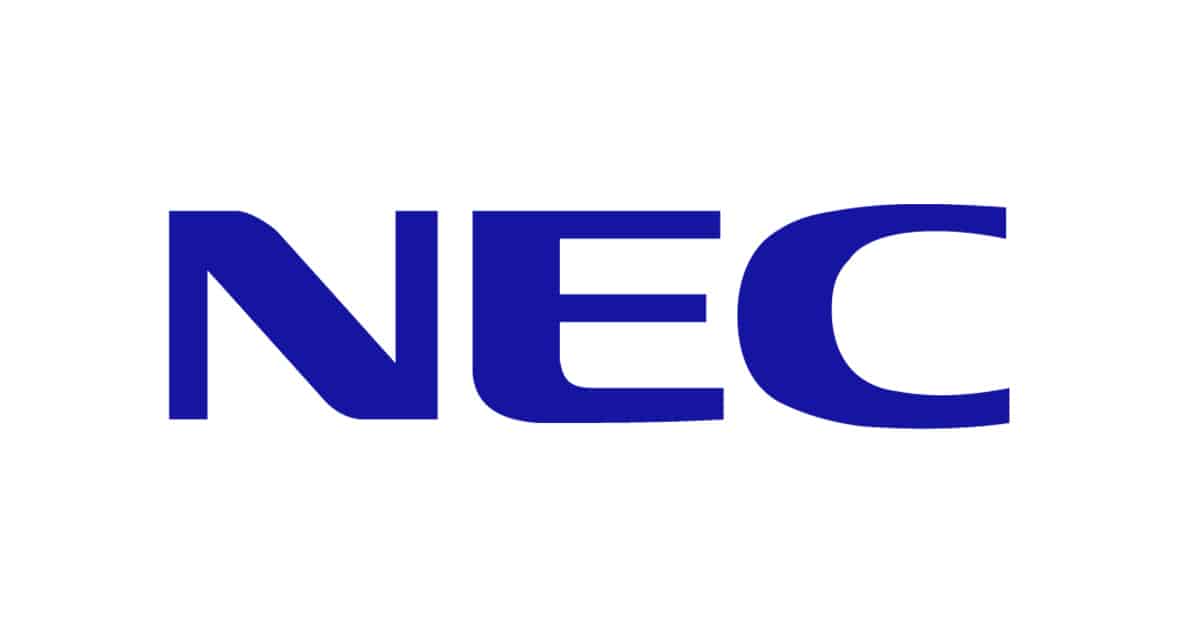Key Takeaways
- NEC Corporation and ClimateAi have created a conceptual model to estimate the effectiveness of climate change adaptation measures in cocoa and rice cultivation.
- The model combines ClimateAi’s long-term forecasting technology with NEC’s agricultural technology expertise.
- The initiative quantifies the return on investment (ROI) of adaptation measures such as irrigation, crop variety changes, and altered planting times.
- Results will be presented at TICAD 9 in Yokohama, Japan, in August 2025.
- The project aims to support international organizations, development banks, and private investors in financing climate resilience.
NEC Corporation & ClimateAi's Partnership Purpose and Context
NEC Corporation (TSE: 6701), working with San Francisco-based ClimateAi, has developed an AI-driven conceptual model that quantifies the impact of climate change on agriculture and evaluates the return on investment for adaptation measures.
The initiative responds to the challenge that, while greenhouse gas mitigation measures are advancing globally, climate adaptation measures have lagged due to difficulties in assessing their economic value.
According to NEC, the new model is designed to help stakeholders—from farmers to international financiers—make data-driven decisions on adaptation strategies.
NEC Corporation Focuses on Cocoa and Rice in Africa
Africa, the world’s largest producer of cocoa and an important rice-growing region, faces significant risks from climate change. The conceptual model was applied to evaluate three adaptation strategies for these crops:
- Introducing irrigation facilities.
- Shifting to climate-adapted crop varieties.
- Adjusting planting times for traditional varieties.
The model’s simulations demonstrated how these measures can maintain or improve yields while generating economic value under changing climatic conditions. Some results will be available for interactive demonstration at upcoming events.
Results and Implications
By incorporating multiple environmental factors—such as temperature, soil, and water availability—the model provided insights into the cost-effectiveness of adaptation strategies. Early findings suggest practical pathways to sustain yields in rice and cocoa production despite adverse climate impacts.
The companies highlight that mobilizing both public and private funding will be essential. Quantifying ROI on adaptation can lower entry barriers for investors and enable development banks and governments to better evaluate financing opportunities.
Future Outlook
NEC and ClimateAi plan to present their results at the TICAD Business Expo & Conference in Yokohama in August 2025. The companies are also exploring collaborations with irrigation equipment providers and seed companies to apply the model in real-world projects.
The initiative has potential applications beyond agriculture, including supply chain resilience in infrastructure and manufacturing.
NEC stated that this collaboration is part of its broader Open Innovation strategy: “The future is ours to shape. By uniting innovative technologies with cross-domain collaboration, NEC continues to create new social value and shape the future.”
Both NEC and ClimateAi intend to expand the use of digital technology in agriculture to promote sustainable practices and strengthen food security in climate-vulnerable regions.


